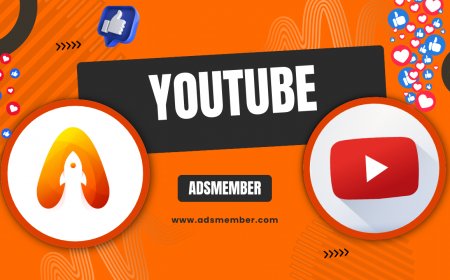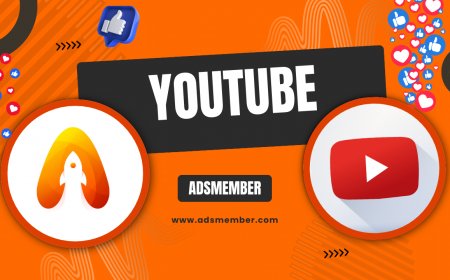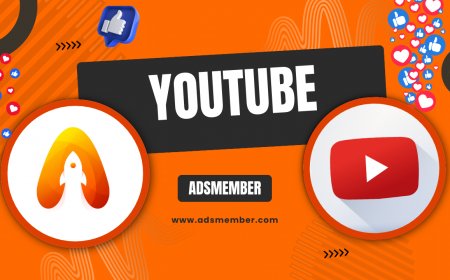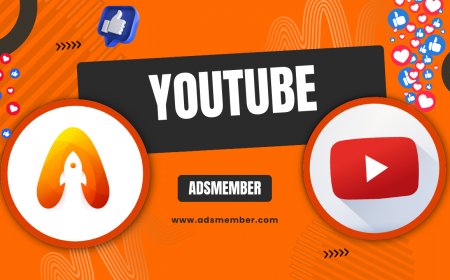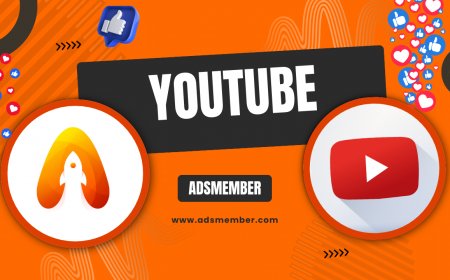When Is the Best Time to Post on YouTube for Max Views?
Discover the best time to post on YouTube to boost views and engagement. Learn expert tips, analyze peak hours, and create a winning upload schedule.
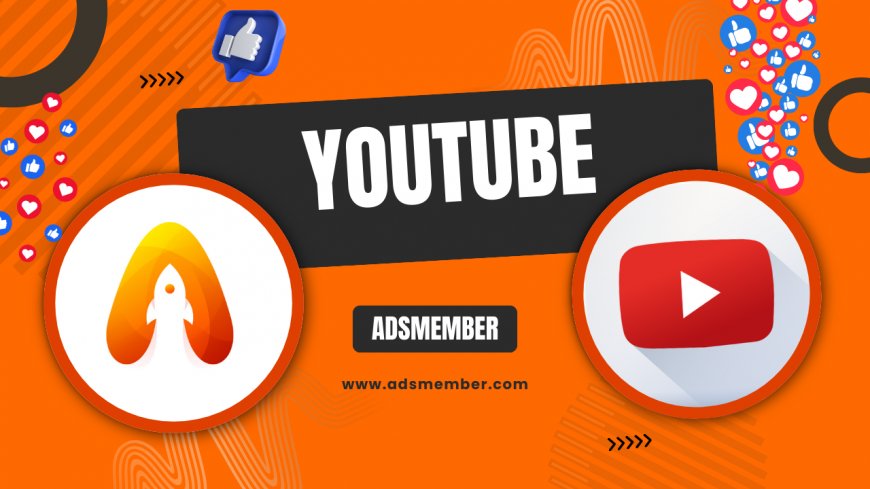
Timing is everything on YouTube. Posting your video at the right moment can mean the difference between a viral hit and a missed opportunity. As a content creator, I’ve spent years experimenting with upload schedules, diving into analytics, and honestly, obsessing over what works. In my opinion, finding the best time to post on YouTube isn’t just about guesswork—it’s about understanding your audience, leveraging data, and staying consistent. Let’s break down the science and strategy behind perfect timing to maximize views and engagement.
Why Timing Matters for YouTube Success
Ever uploaded a video and wondered why it flopped? Timing could be the culprit. YouTube’s algorithm favors videos that gain traction quickly after posting. If your audience isn’t online when you hit ‘publish,’ you’re already behind. Posting at peak times ensures more initial views, likes, and comments—key signals that tell YouTube to push your content further. Let’s explore how to pinpoint those golden hours.
How the YouTube Algorithm Uses Timing
The algorithm prioritizes fresh content with early engagement. According to a 2022 report by Statista, videos that rack up views within the first 24 hours are more likely to appear in search results and recommendations. So, posting when your viewers are active is critical. I’ve seen this firsthand—uploading at off-hours often tanks my metrics, no matter how good the video is.
Finding the Best Time to Post on YouTube
There’s no universal ‘perfect’ time for everyone. Your ideal posting window depends on your niche, audience demographics, and timezone. However, general trends and data can guide you. Studies from platforms like HubSpot suggest that weekdays, especially Tuesday to Thursday, between 2 PM and 4 PM (local time), often see higher engagement. But let’s get specific and actionable with your own data.
Step-by-Step Guide to Analyze Your Audience
- Access YouTube Analytics: Head to your Creator Studio and click on ‘Analytics’ under the ‘Audience’ tab.
- Check ‘When Your Viewers Are on YouTube’: This graph shows peak activity hours for your specific audience. Look for spikes.
- Note Timezones: If your viewers are global, prioritize the dominant timezone or stagger uploads.
- Test Uploads: Post at suggested peak times for a few weeks and track performance metrics like watch time and CTR (click-through rate).
- Adjust and Repeat: Refine your schedule based on results. Consistency builds habits for viewers.
General Peak Times by Audience and Niche
While personal data is king, broad trends can offer a starting point. Based on my experience and industry reports, here’s what I’ve noticed works for different niches. For example, family and entertainment content often peaks on weekends, while educational videos thrive midweek during work or school hours. Let’s dive into some specifics.
Breakdown by Day and Time
- Monday–Wednesday: Best for professional or educational content. Post between 2 PM–4 PM for office-hour breaks.
- Thursday–Friday: Great for lifestyle or entertainment. Aim for 3 PM–5 PM as people unwind.
- Weekends: Ideal for gaming or family content. Try 10 AM–2 PM when viewers are relaxing.
These are starting points—always cross-check with your YouTube Growth Tips and analytics.
Unique Tip: Leverage ‘Premiere’ for Timing
Here’s a trick most creators overlook: use YouTube’s ‘Premiere’ feature. Schedule your video to go live at peak times and promote the event beforehand. This builds anticipation, drives early engagement, and signals the algorithm that your content is hot. I’ve used this for product reviews, and honestly, my live chat engagement doubled compared to regular uploads. Announce the premiere on socials or through Instagram Tips to amplify hype.
Case Study: Timing Success for a Gaming Channel
Let me share a real example. A gaming channel I advised struggled with low initial views despite killer content. After analyzing their YouTube Analytics, we found their audience (mostly teens) was active on weekends from 11 AM to 1 PM EST. We shifted uploads from random weekday evenings to Saturday mornings. Within a month, their average views in the first 24 hours jumped by 40%. Timing, paired with consistency, was a game-changer. What could this do for your channel?
Visualizing Peak Posting Times

FAQ: When Is the Best Time to Post on YouTube?
The best time varies, but general trends suggest Tuesday to Thursday, 2 PM–4 PM local time, for most niches. Check your YouTube Analytics under ‘Audience’ to see when your specific viewers are online. Adjust based on timezone and test different slots for a few weeks to confirm.
FAQ: Does Posting Time Affect YouTube Algorithm?
Absolutely! Posting when your audience is active boosts early engagement—views, likes, comments—which signals the algorithm to promote your video in search and recommendations. Early traction is critical for long-term visibility.
FAQ: Should I Post Daily on YouTube?
Not necessarily. Quality over quantity matters. If daily uploads fit your niche (like vlogs), ensure consistency with timing. Otherwise, aim for 1–3 well-timed, high-value videos per week to maintain audience interest without burnout.
FAQ: How Do I Schedule Posts for Global Audiences?
For global viewers, identify the dominant timezone in your analytics. Schedule for their peak hours or use YouTube’s scheduling tool to stagger releases. Promote across timezones via social media to catch secondary waves of viewers.
What's Your Reaction?
 Like
0
Like
0
 Dislike
0
Dislike
0
 Love
0
Love
0
 Funny
0
Funny
0
 Angry
0
Angry
0
 Sad
0
Sad
0
 Wow
0
Wow
0




































